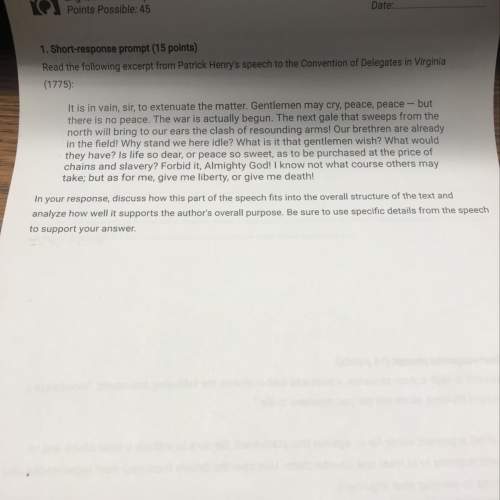
Project
You have studied many different kinds of non-market distribution methods, including majority rule, contests, force, first-come/first-served, sharing equally, lottery, and personal characteristics. In this project, you will explore one of these types of non-market distribution methods within a real-life setting.
Step 1) Choose one of the distribution methods listed above. There are seven kinds of methods listed, but you only have to choose one.
Step 2) Write one or two paragraphs, of at least 150 words, explaining the distribution method that you have chosen. In your response, be sure to answer the following questions:
Who receives the good or service from this distribution method?
Who does not receive the good or service?
What are the advantages of this method?
What are the disadvantages of this method?
Is this method efficient (or not wasting resources)? Is it fair (or free from bias)?
Can your chosen method be used to distribute large amounts of goods and services to many people each day? Why or why not?
Step 3) Find an example of your chosen distribution method in the real world, such as in school, at the mall, or at home.
Step 4) In another one or two paragraphs, or at least 150 words, explain how your example uses this distribution method. Specifically mention, who receives the good or service and who does not, the advantages and disadvantages that you see from this method, and if the method was fair and efficient in your real-life example. Include a citation giving credit to where this information was found.
Be sure to use proper grammar, spelling, and punctuation. Your entire project should be at least 375 words in length and include a list of works cited.

Answers: 1


Other questions on the subject: English

English, 21.06.2019 15:10, ZoomZoom44
Astudent who has completed all college requirement is:
Answers: 1

English, 21.06.2019 19:10, ashley5196
Read the passage from animal farm. one sunday morning squealer announced that the hens, who had just come in to lay again, must surrender their eggs. napoleon had accepted, through whymper, a contract for four hundred eggs a week. the price of these would pay for enough grain and meal to keep the farm going till summer came on and conditions were easier. when the hens heard this, they raised a terrible outcry. they had been warned earlier that this sacrifice might be necessary, but had not believed that it would really happen. they were just getting their clutches ready for the spring sitting, and they protested that to take the eggs away now was murder. for the first time since the expulsion of jones, there was something resembling a rebellion. led by three young black minorca pullets, the hens made a determined effort to thwart napoleon's wishes. their method was to fly up to the rafters and there lay their eggs, which smashed to pieces on the floor. napoleon acted swiftly and ruthlessly. he ordered the hens' rations to be stopped, and decreed that any animal giving so much as a grain of corn to a hen should be punished by death. the dogs saw to it that these orders were carried out. for five days the hens held out, then they capitulated and went back to their nesting boxes. nine hens had died in the meantime. their bodies were buried in the orchard, and it was given out that they had died of coccidiosis. whymper heard nothing of this affair, and the eggs were duly delivered, a grocer's van driving up to the farm once a week to take them away. which detail from the passage supports the claim that this is an allegory for the great purge? the hens holding out for five days but capitulating the eggs being delivered to the grocer the protesting hens being intentionally starved coccidiosis spreading on the farm
Answers: 2

English, 22.06.2019 12:30, robert7248
In which sentence is the action arrow pointing in the correct direction? < ––––– tia shopped at the mall for a pair of shoes. ––––––> tia shopped at the mall for a pair of shoes.
Answers: 2

English, 22.06.2019 14:10, olivialaine31
How does the motif in this passage connect to the central idea? read the excerpt from act 5, scene 1, of julius caesar octavius come come, the cause. if arguing make us sweat the proof of it will turn to redder drops look, i draw a sword against conspirators when think you that the sword goes up again? never, till caesar's three and thirty wounds be well avenged, or till another caesar have added slaughter to the sword of traitors the blood motif suggests that revenge will lead to violence and death the omens motif suggests that octavius will die avenging caesar's death the sword motif suggests that all leaders are eventually assassinated the flattery motif suggests that the conspirators will eventually turn on one another
Answers: 3
You know the right answer?
Project
You have studied many different kinds of non-market distribution methods, including majorit...
Questions in other subjects:

Mathematics, 17.12.2019 01:31

Mathematics, 17.12.2019 01:31


History, 17.12.2019 01:31


Chemistry, 17.12.2019 01:31

Mathematics, 17.12.2019 01:31


Mathematics, 17.12.2019 01:31




